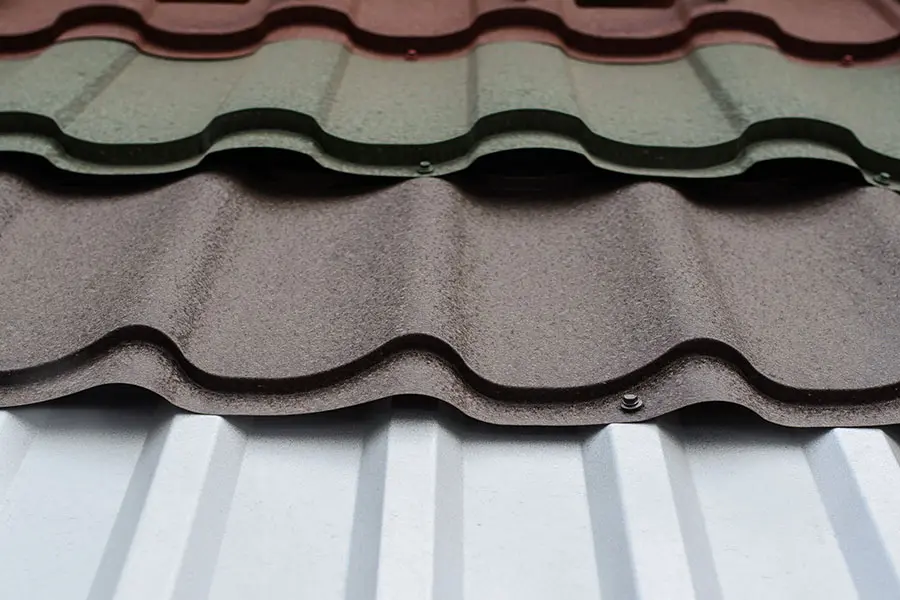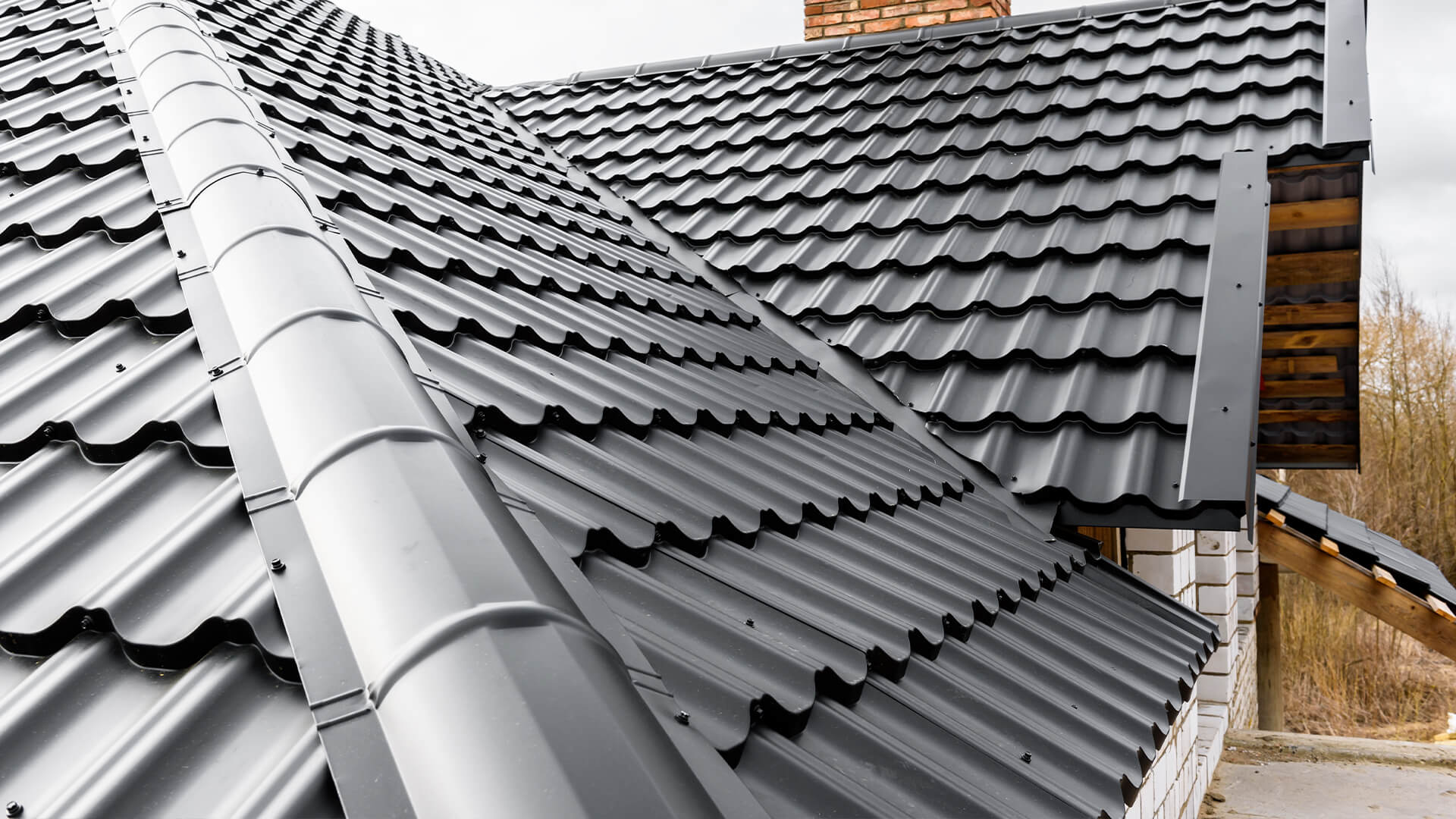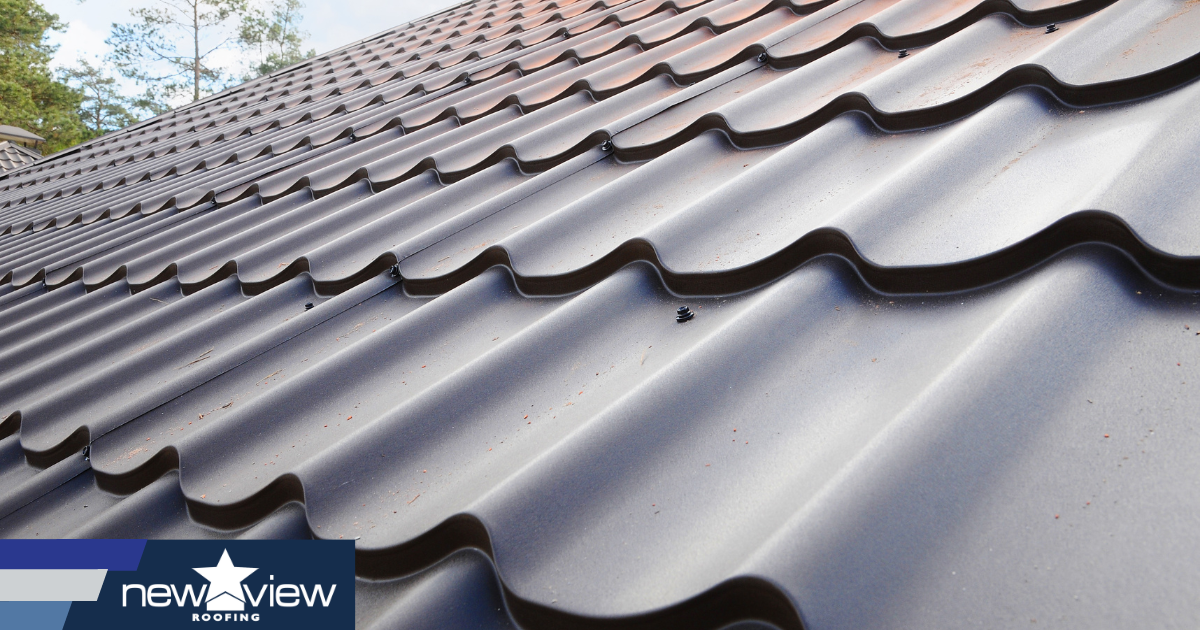The Significance of Picking Professional Roofing Companies Gainesville Florida
The Significance of Picking Professional Roofing Companies Gainesville Florida
Blog Article
Ideal Practices for Ensuring Proper Roof Air Flow
A well balanced consumption and exhaust air vent ratio, generally 1:300, plays an essential function, with intake vents preferably positioned at the lower side of the roofing for awesome air entry and exhaust vents at the optimal for cozy air departure. Keeping insulation away from vents is critical to protect against air movement constraint.
Understand Ventilation Essentials
Effectively recognizing air flow essentials is necessary for guaranteeing the longevity and performance of roof covering systems. Reliable ventilation minimizes dampness buildup and temperature extremes in the attic, both of which can cause considerable architectural damages gradually. A well-ventilated roofing assists in preventing typical concerns such as mold and mildew development, timber rot, and ice dams, which can endanger the honesty of the roof covering products and the underlying frameworks.
The main objective of ventilation is to assist in the movement of air, enabling for a consistent exchange between the exterior and interior atmospheres. This equilibrium is attained with a combination of consumption and exhaust vents that function with each other to maintain optimum air movement. Consumption vents, typically located along the eaves or soffits, permit fresh air to get in the attic room space, while exhaust vents, usually located at or near the roofing ridge, make it possible for hot, moist air to leave.
Trick elements influencing the effectiveness of roofing ventilation include correct placement, appropriate sizing, and making sure that both consumption and exhaust vents are unblocked. Routine evaluation and maintenance are important to determine possible blockages, damage, or inadequacies in the air flow system, thus safeguarding the roof covering's efficiency and sturdiness.
Sorts Of Roofing System Vents
Roof covering vents play a critical function in maintaining reliable attic ventilation and, by expansion, the overall health and wellness of the roof. Different kinds of roofing vents are readily available, each with distinct advantages customized to certain roof covering needs. Ridge vents, as an example, are mounted along the roofing system's optimal, permitting cozy, humid air to run away from the attic room. They supply continuous air flow and mix seamlessly with the roofline, making them both reliable and cosmetically pleasing.

Soffit vents are installed under the eaves and job in tandem with roofing vents to ensure a balanced intake and exhaust system. By enabling cooler air to get in from below, soffit vents assist in the expulsion of warm air through top vents. Gable vents, situated on the outside wall surfaces of the attic, offer an additional reliable service, especially in homes with gable roof coverings.
Examine Your Existing Ventilation

Next, think about the age and condition of your roof covering materials and ventilation parts. Older systems might not adhere to current structure codes or may have worn away gradually, reducing their performance. Conduct a complete assessment to recognize any indications of wear and tear, such as corrosion, damages, or visit the website voids that could endanger the system's performance.
In addition, measure the attic temperature and moisture levels. Heats and humidity can suggest inadequate ventilation - gainesville roofing companies. Make use of a hygrometer and thermometer to get accurate analyses, comparing them with exterior conditions. Relentless disparities recommend potential concerns that require dealing with.
Installment Best Practices
Reliable installation of roofing ventilation systems is paramount for ensuring ideal performance and durability. Proper setup begins with understanding the specific ventilation requirements of the building and the roofing it covers. This includes calculating the proper proportion of intake to exhaust vents, usually adhering to the 1:300 policy, which stipulates one square foot of air flow for each 300 square feet of attic room flooring room.

The positioning of vents is equally essential. Intake vents should be set up at the roofing's reduced edge, frequently in the soffits, to permit great air to get in. Exhaust vents, on the other hand, should be mounted near or at the roofing's top to facilitate the exit of cozy, moist air. This creates an all-natural air flow that helps preserve temperature level and wetness balance within the attic space.
Seal all air vent connections carefully to avoid air leaks and potential water seepage. Usage premium materials and follow manufacturer standards to guarantee durability and efficiency. Furthermore, integrating ridge vents with baffles can significantly enhance air movement effectiveness by preventing wind-driven rainfall and snow from getting in the attic.
Eventually, precise setup of roof air flow systems minimizes possible problems such as mold development, ice dams, and architectural damages, ensuring the roofing system's honesty and the building's general health and wellness.
Routine Maintenance Tips
Consistency in maintenance practices is fundamental to guaranteeing the long-lasting performance of roof covering air flow systems. Routine examinations are essential, preferably executed biannually-- in the spring and loss. Throughout these inspections, guarantee that vents are without debris, nests, and other blockages that might restrain air movement. Look for any kind of indications of moisture buildup or mold and mildew, as these can suggest improper ventilation or leaks Bonuses (roofing companies gainesville florida).
Cleansing the vents is one more essential task. Utilize a soft brush or a vacuum cleaner to eliminate dust and debris from consumption and exhaust vents. Beware not to harm the vent screens or louvers throughout the process. Additionally, evaluate the attic room for any type of signs of water damage, special info which could compromise the integrity of the roof.
Correct insulation is equally essential. Make certain that attic room insulation does not block the vents, as this can significantly restrict airflow. Rearrange or replace it to preserve a reliable barrier. if any insulation has actually changed or worked out.
Lastly, replace any kind of harmed or missing elements without delay. Damaged vents, fractured tiles, or scrubby flashing can all add to insufficient air flow and should be dealt with without hold-up. Regular maintenance makes sure that the roofing ventilation system works ideally, thereby prolonging the life-span of the roof itself.
Verdict
Making sure proper roofing ventilation is vital for preserving the effectiveness and toughness of a roof. Adherence to the 1:300 intake and exhaust vent proportion, combined with the critical placement of vents, is essential. Regular biannual evaluations, debris cleansing, and making sure insulation does not obstruct air flow are critical methods. Implementing these ideal practices will certainly cultivate a well-ventilated roof, thus alleviating possible issues connected to moisture build-up and excessive warmth, ultimately prolonging the roof's life-span.
A well balanced consumption and exhaust air vent proportion, commonly 1:300, plays a crucial duty, with intake vents ideally put at the lower edge of the roofing for amazing air entrance and exhaust vents at the optimal for cozy air departure. Intake vents, usually located along the soffits or eaves, allow fresh air to enter the attic area, while exhaust vents, typically located at or near the roofing system ridge, allow warm, damp air to leave.
Soffit vents are set up under the eaves and job in tandem with roofing system vents to make certain a well balanced intake and exhaust system. By enabling cooler air to go into from below, soffit vents assist in the expulsion of warm air through top vents. Adherence to the 1:300 intake and exhaust vent ratio, combined with the strategic positioning of vents, is vital.
Report this page